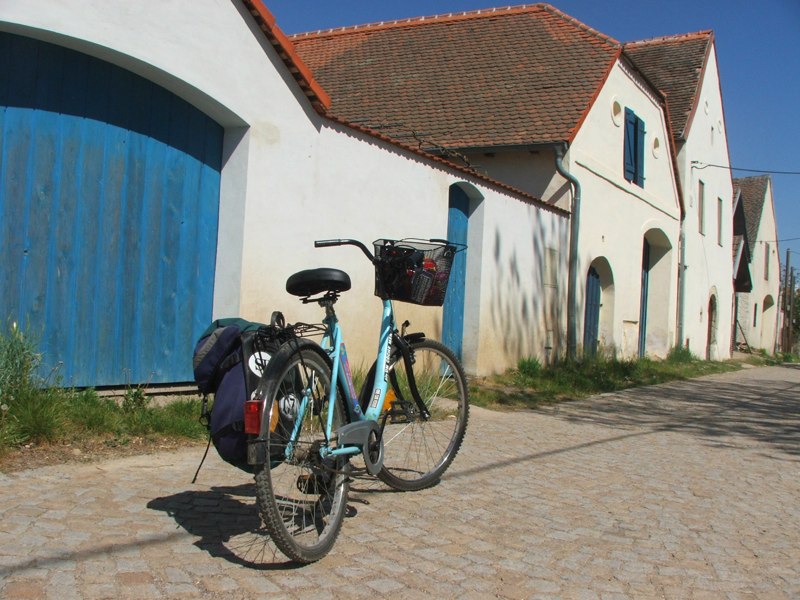At a time when more and more local communities across the globe are struggling to maintain the uniqueness of the places they live and at the same time to balance it with the economic development, there is a need to implement and promote practical successful examples on sustainable tourism development. One of the effective practical tools – that were used in Central and Eastern Europe – are Greenways and heritage trails. They serve as innovative instruments for enhancing the quality of life and increasing economic and social benefits for indigenous communities through environmentally responsible tourism.
text: Dominika Zaręba
In Central and Eastern Europe (Poland, Czech Republic, Slovakia, Romania, Belarus) for last 15 years greenways have been used to foster local economic development through ecotourism and heritage tourism. White Stork Trail linking nature, landscapes and rural communities in north-east edge of Poland, East Carpathian Greenway being created on the cross-roads of Poland, Slovakia and Ukraine, Moravian Wine Trails promoting responsible wine tourism in the rural areas of Czech Republic, Maramures Heritage Trail supporting green business based of the uniqueness of the Romanian wooden architecture, crafts and local food – these are only some examples of the interesting stories to share. Many of these examples have international, cross-border context presenting how the partnership beyond the borders can speed up economic growth of neglected regions rich in natural and cultural assets. They present that sustainable tourism can mobilize local communities – encouraging enterprise, creating jobs and additional revenue streams, restoring and protecting traditional vocations as well as fostering establishment of the green infrastructure in the region.
The focal points of greenways are green corridors – eco-trails linking different regions rich in natural and cultural heritage and building “bridges” between local communities in the region. Greenways are multifunctional trails for non-motorized users leading along linear green corridors, historic trade routes, rivers and railways. They seek to address needs of locals and visitors to provide a positive contribution to local economy. Greenways contribute to the development of local economies and encourage enterprise among local populations though initiating development of accommodation, food and guiding services. Trails promote establishment of of galleries and points of sale for local products, tourism information services, sport and tourism equipment hire services etc. All tourism products promoted along Greenways share the common principle of supporting local communities and using local potential and resources: tourist services, cultural opportunities, local products (food, crafts) and point of sale, as well as other community initiatives.
Greenways concept addresses directly the principles of ecotourism expressed in the “Quebec Declaration on Ecotourism” through increasing economic and social benefits for indigenous communities, contributing to the conservation of natural resources and the cultural integrity of local communities.
In principle, Greenways – natural and cultural heritage trails have four basic functions:
1/sustainable transport and safety
2/ promoting healthy lifestyles
3/ development of ecotourism and natural and cultural heritage conservation
4/ supporting economic and social development of communities, including enterprise development.
The experience in creating Greenways shows that they stimulate better relationships between local citizens and the environment, increase interest in heritage protection, and supports development of sustainable tourism – especially services based on wise use of local resources and community grassroots initiatives.
The Greenways concept in its essence rests on generally known approaches such as environmental community action planning, landscape stewardship and grassroots initiatives, sustainable tourism development etc. Its special contribution lies in its ability to translate these theoretical principles into practical and easily understandable guidelines for application anywhere where people walk, cycle, ride or boat or where people care for cultural heritage and the quality of environment. Greenways projects also present a good opportunity for demonstrating direct relationships between natural and cultural qualities, landscape preservation, sustainable use of local resources, community development and a healthy lifestyle.
see more:
Greenways in Czech Republic – www.greenways.cz
Greenways in Poland – www.greenways.org.pl
Greenways in Slovakia – www.greenways.sk
Greenways in Hungary – www.greenways.hu
Maramures Greenway – Romania – www.maramuresgreenways.ro
Greenways in Ukraine – www.greenways.com.ua
Greenways in Central and Eastern Europe were initiated by the Environmental Partnership Association

